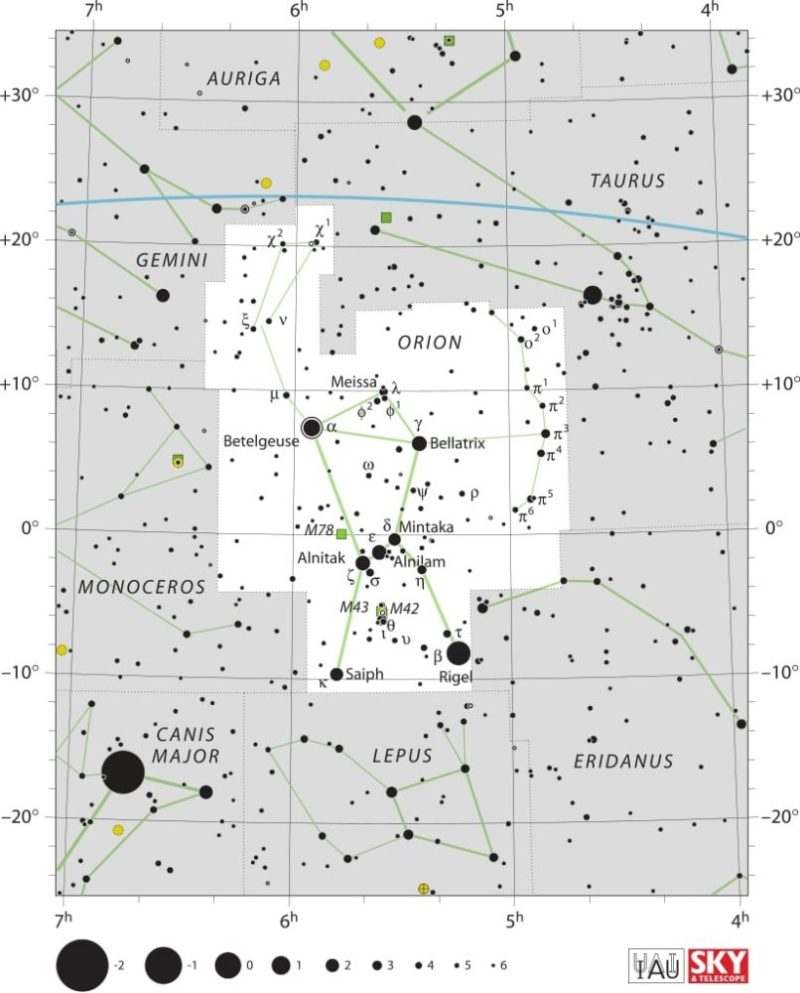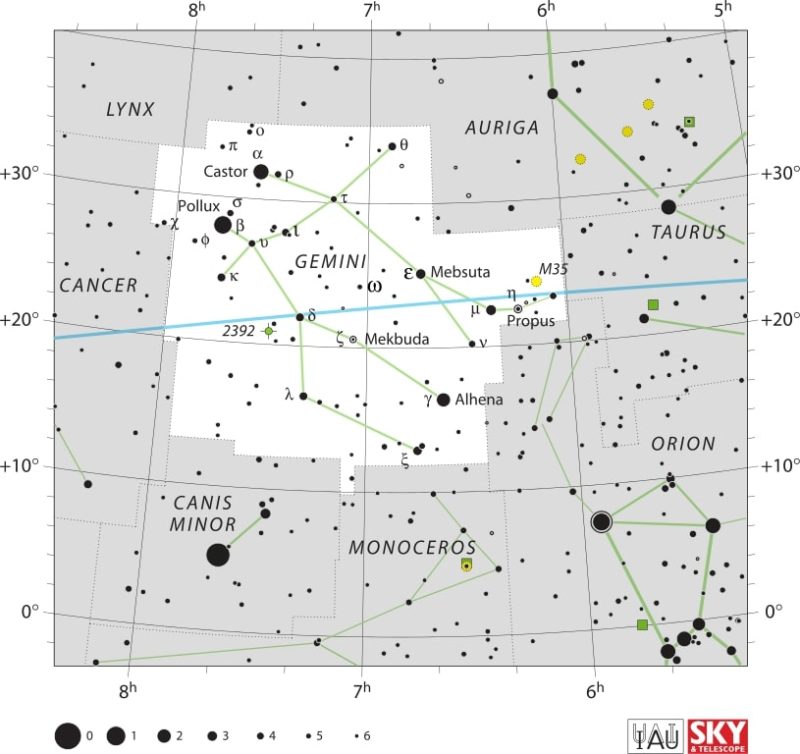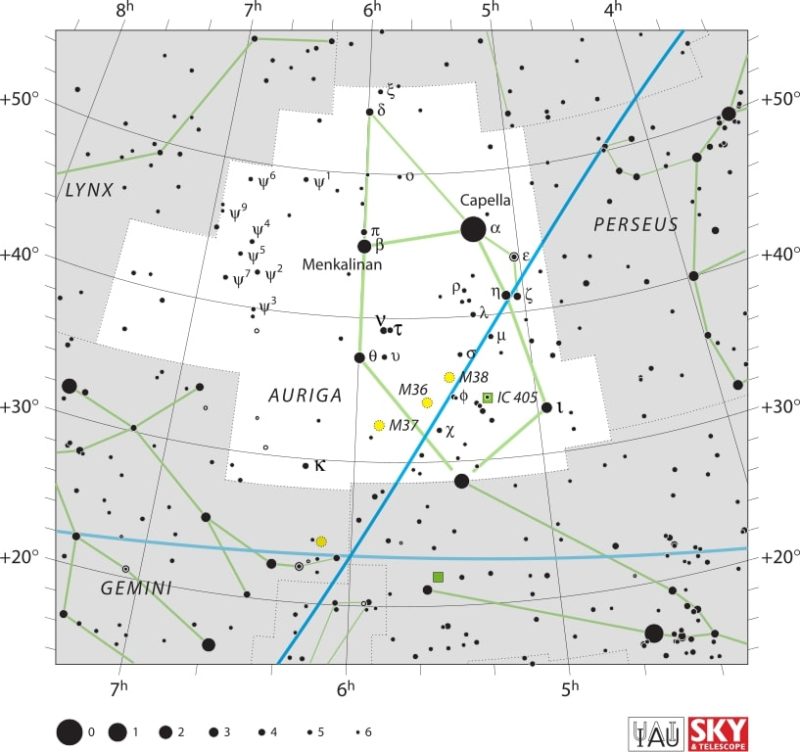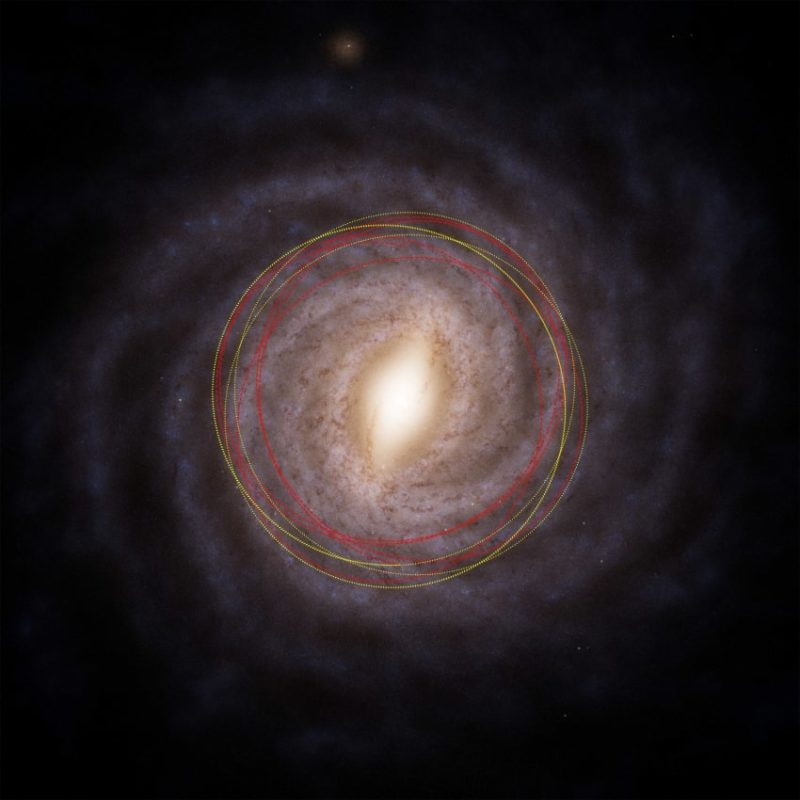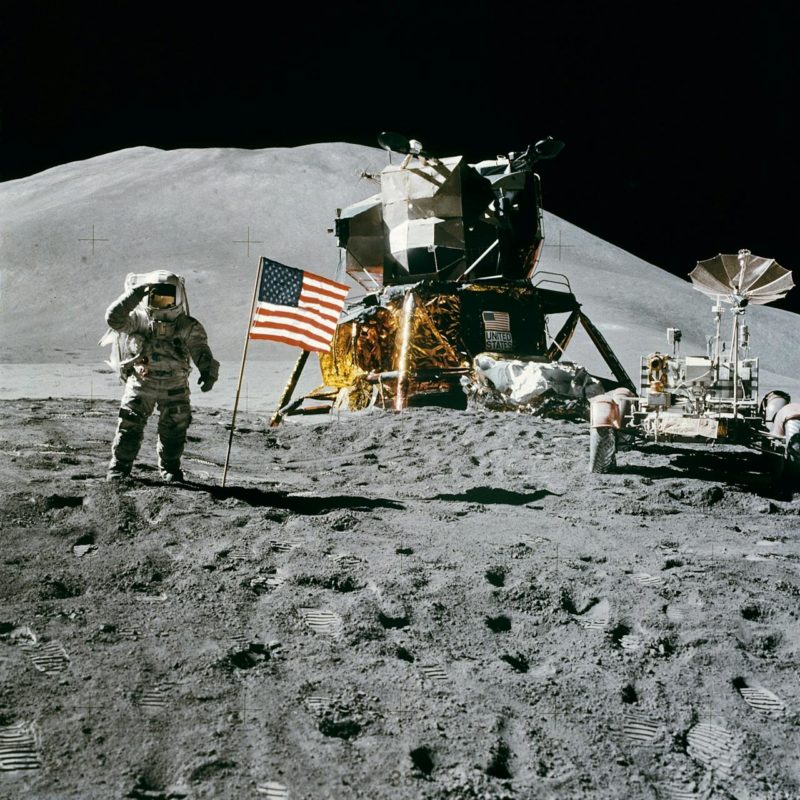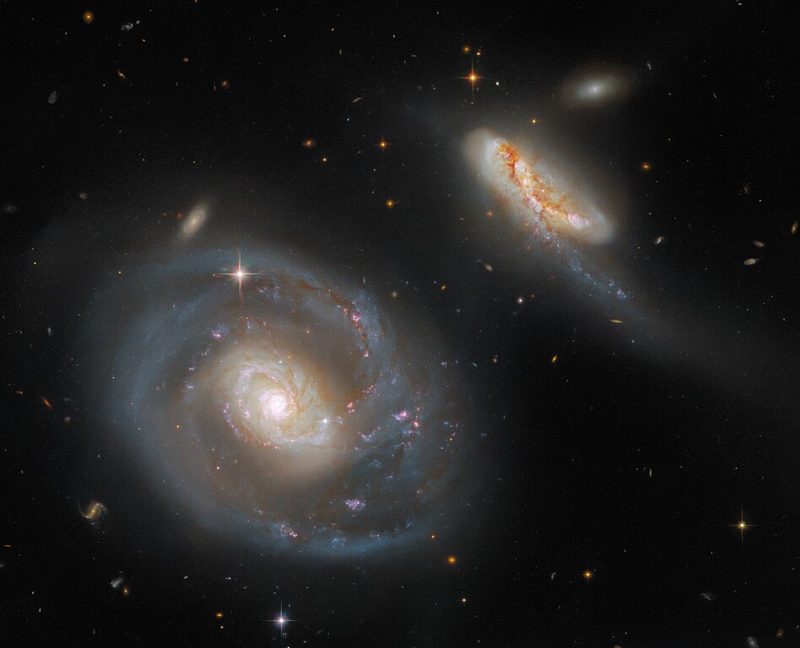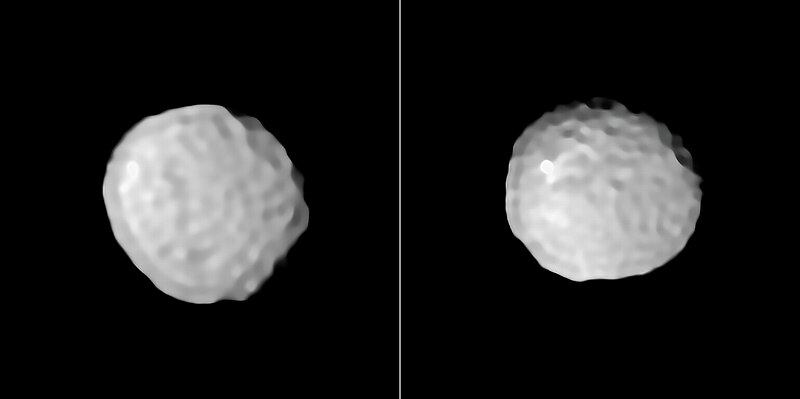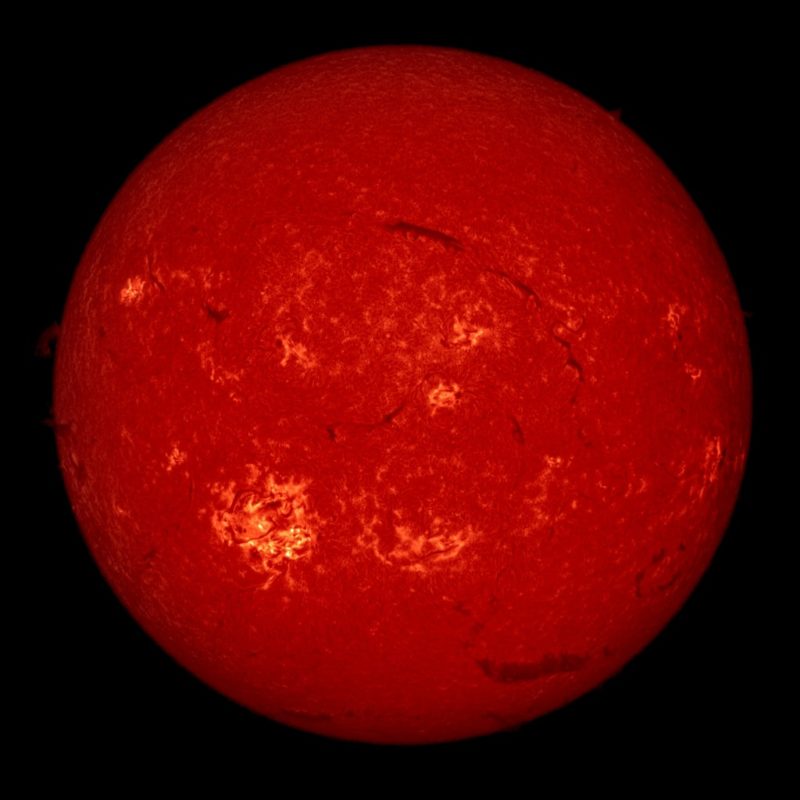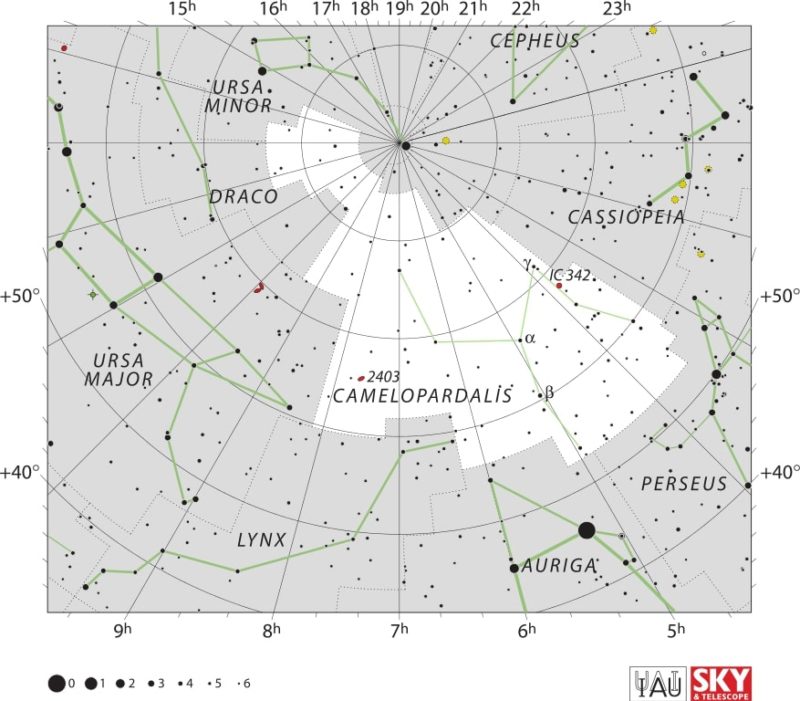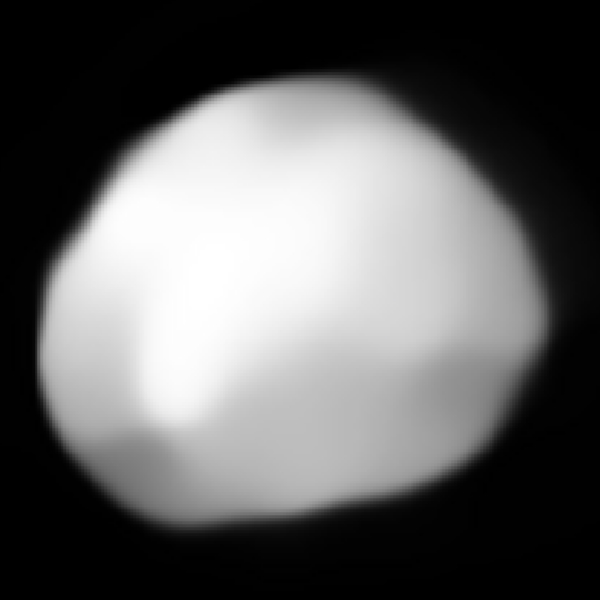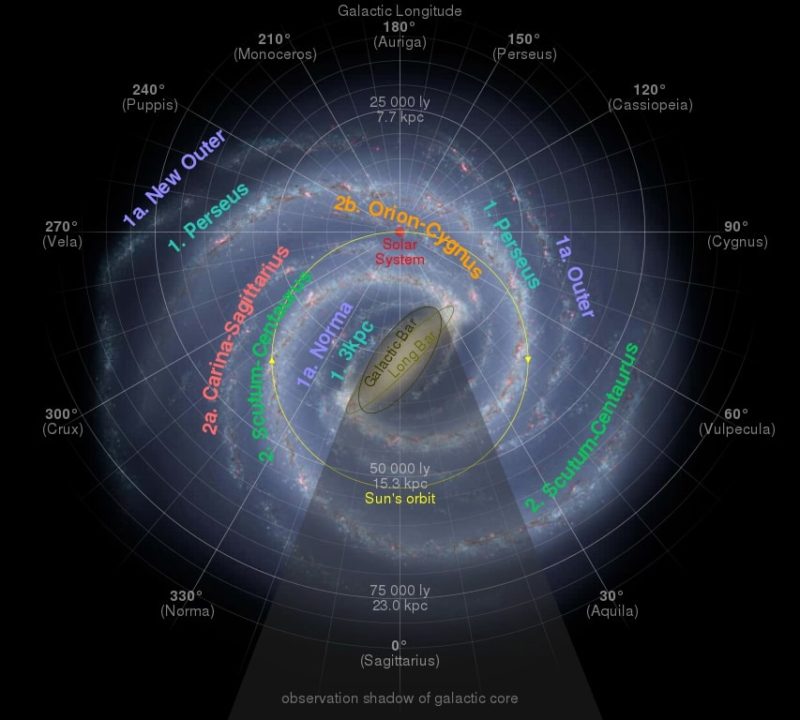Space
Embark on an astronomical journey. Explore the cosmos, study celestial objects, and unravel the mysteries of the universe through astronomy's fascinating realm.
Orionid Meteor Shower Guide
Witness the Orionid meteor shower originating from Halley’s Comet this October. Fast, bright meteors peak on October 22 under clear, dark skies.
Epsilon Geminid Meteor Shower Guide
Discover the faint Epsilon Geminid meteor shower peaking on October 18, with tips to enjoy its quiet beauty under dark, moonless skies.
Interstellar Comet 2I/Borisov: The First True Comet from the Stars
Interstellar comet 2I/Borisov, the first known comet from another star system, revealed pristine ices and clues to how distant worlds form.
Delta Aurigid Meteor Shower Guide
Discover the faint Delta Aurigid meteor shower, peaking on October 11, with viewing tips to catch its rare, fast streaks under dark skies.
Interstellar Comet 3I/ATLAS: A Rare Visitor from Beyond Our Solar System
Comet 3I/ATLAS, the 3rd interstellar visitor, shows how material from distant stars passes through our solar system, expanding cosmic insight.
Who Owns the Moon? The Legal Battle Over Lunar Resources
The legal debate over lunar resources intensifies as private companies eye the Moon for economic gain. Can international law keep up with space mining ambitions?
The Local Interstellar Cloud: Characteristics and Significance
Discover the Local Interstellar Cloud, a cosmic mix of gas and dust influencing our solar system and revealing secrets of the universe.
Stargazing Calendar for October 2025
Discover rare astronomical events with dwarf planets, meteor showers, and an interstellar comet. Don’t miss stargazing this October 2025.
Southern Taurid Meteor Shower Guide
Catch the Southern Taurid meteor shower from Sept 10-Nov 20. Spot slow, bright meteors and fireballs near Taurus, especially around Oct 10.
NGC 7469: Home to a Supermassive Black Hole and Starburst Activity
Learn about NGC 7469, a stunning spiral galaxy in Pegasus with a supermassive black hole, an active nucleus, and a starburst ring.
Circumstellar Disc: Key Insights and Discoveries
What is a circumstellar disc? Discover how these gas and dust rings fuel planet formation, revealing insights into planetary system development.
Draconid Meteor Shower Viewing Guide
The Draconid meteor shower peaks October 8. Learn its origin, radiant point, viewing tips, and why it can surprise with rare meteor storms.
Asteroid 2 Pallas – Overview, Characteristics & Exploration
Explore Asteroid 2 Pallas, the third-largest asteroid in the belt. Learn about its orbit, unique features, and role in the solar system's history.
NGC 6355 – A Guide to the Globular Cluster
Discover the wonders of NGC 6355, a remarkable globular cluster. Uncover its secrets and learn about its fascinating features in our guide.
How Can We Best Observe the Sun’s Chromosphere and Corona?
Learn how scientists observe the Sun's chromosphere and corona to study solar activity, forecast space weather, and protect Earth’s technology.
NGC 1850: An Intriguing Double Star Cluster
Discover the beauty of NGC 1850, a stunning stellar cluster in the Large Magellanic Cloud. Uncover its secrets and marvel at its celestial wonders.
October Camelopardalid Meteor Shower Guide
Discover the October Camelopardalid meteor shower, a rare and faint display peaking October 6. Learn when, where, and how to see it best.
704 Interamnia: A Giant Asteroid
Uncover the mysteries of asteroid 704 Interamnia with our in-depth exploration. Learn about the fifth-largest asteroid in our solar system.
Hill Sphere: The Gravitational Boundaries of Space
Uncover the gravitational dynamics of celestial bodies within and beyond Hill spheres, revealing insights into practical applications and cosmic phenomena.
Carina-Sagittarius Arm of the Milky Way Galaxy
Learn about the Carina-Sagittarius Arm in the Milky Way, a minor spiral arm revealing unique celestial features and and galactic dynamics.

